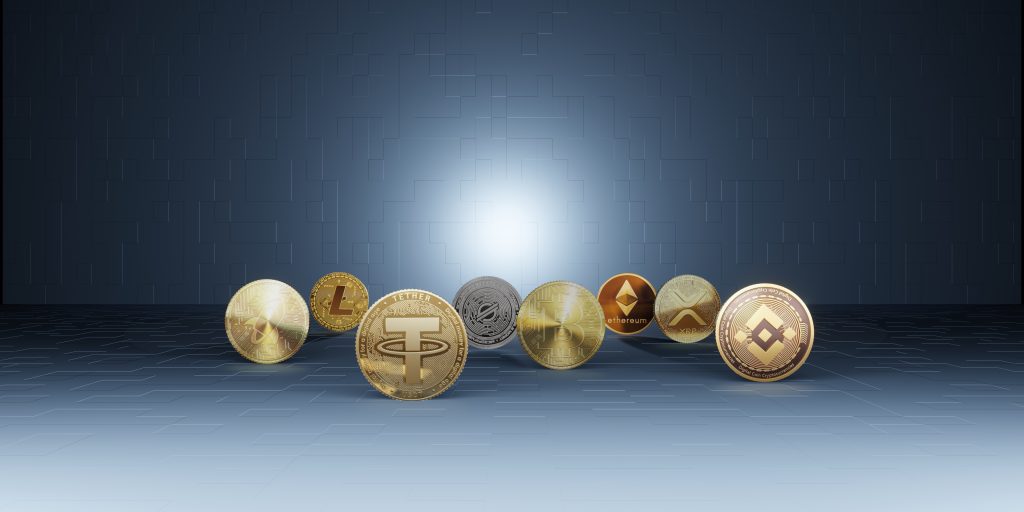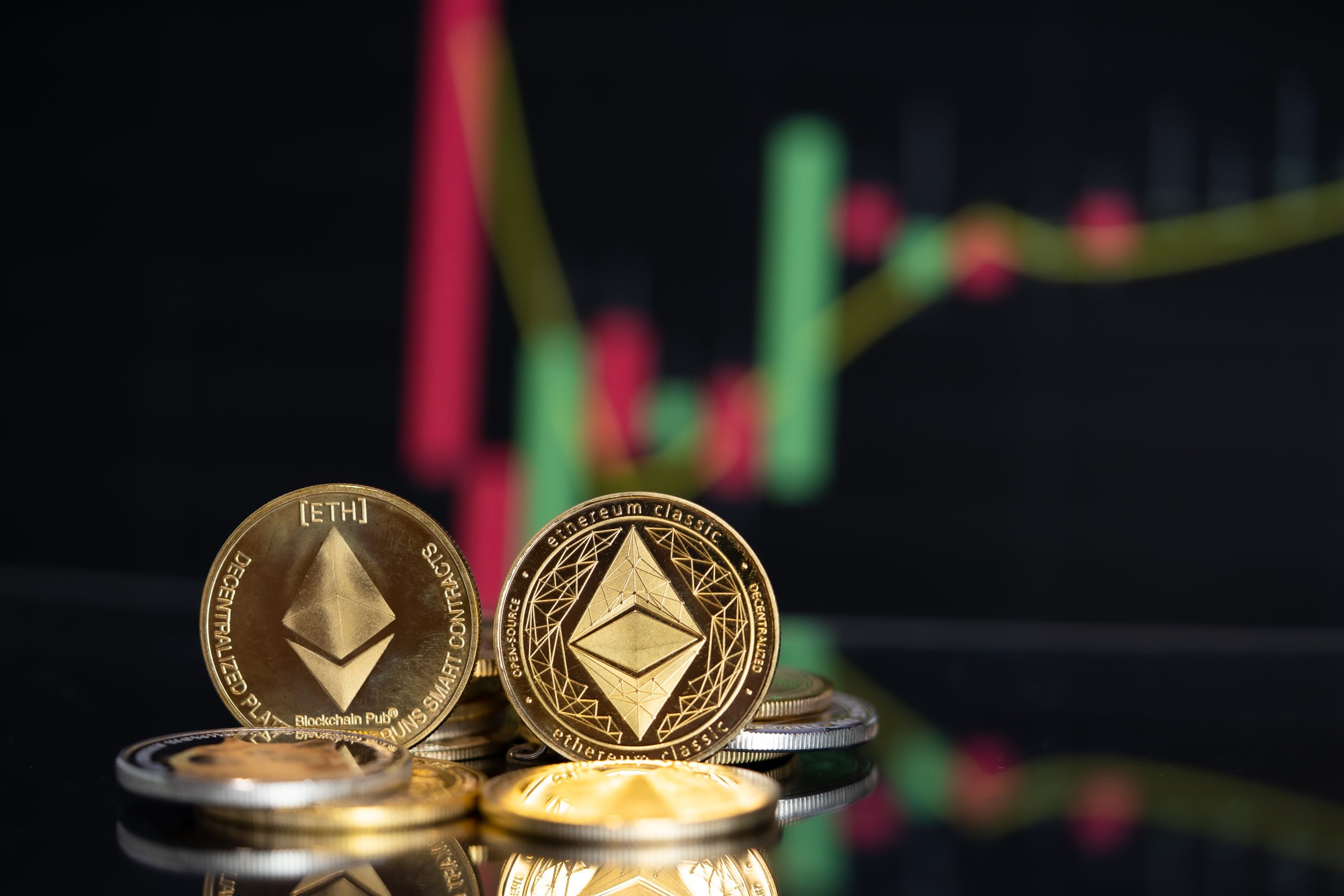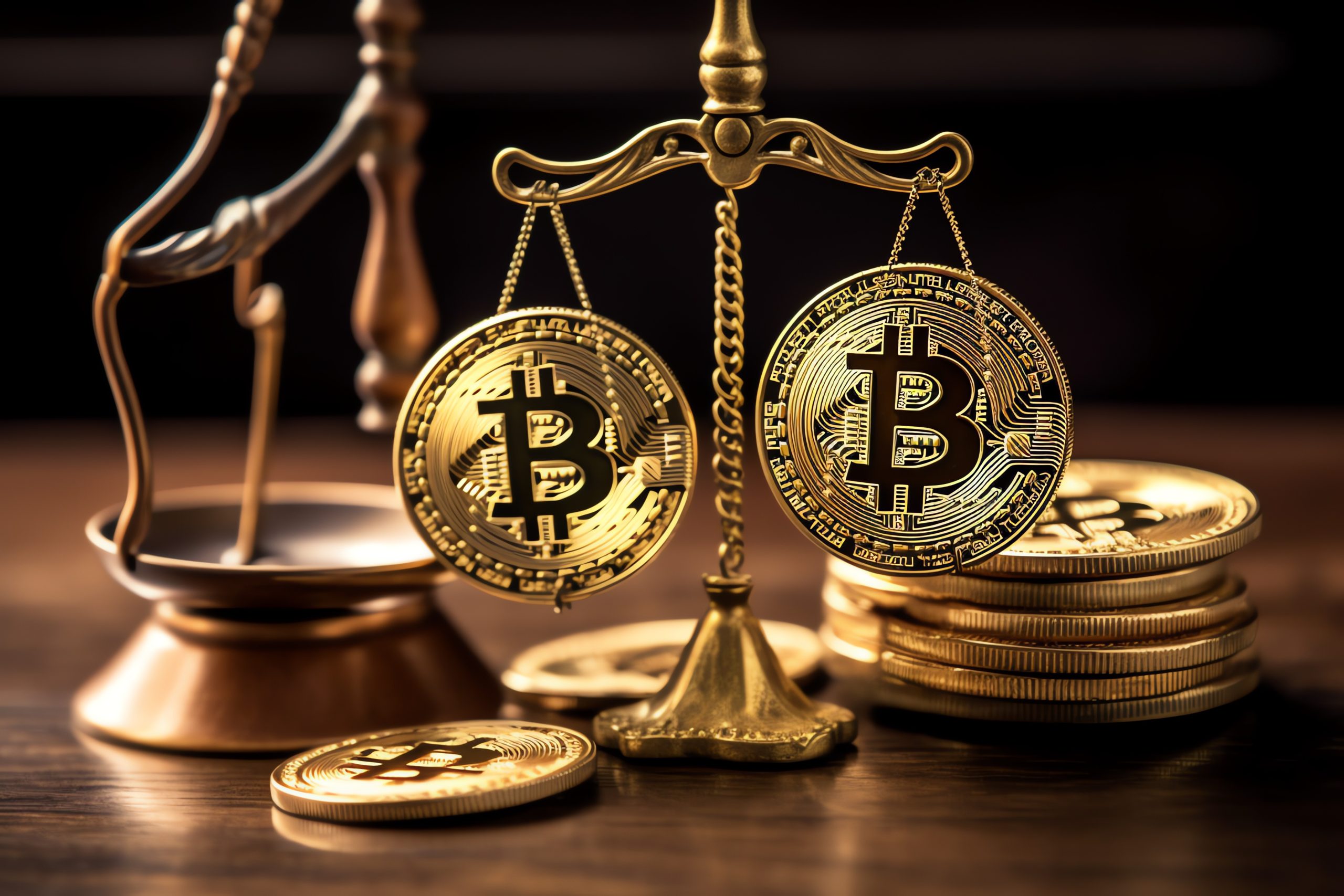What is the ERC20 Token Standard?
The ERC20 token standard refers to the set of rules for a specific type of smart contract that issues, consumes, or manages tokens. The mention of perhaps the most notable one extensions works of known as Ethereum, which is long line second to Bitcoin concerning deployable blockchain networks, seeks Out to say its ERC20 standard gets applauded in the construction of tokenociated social practices. Focused on these models, the ERC20 guidelines to enable developers to create a full range of smart contracts for the management of token creation, circulation, and redistribution.
ERC20 tokens can be compared to tokens you play with in an arcade game, in that such tokens represent a digital form of the service rendered or a way of apportioning a specific service ove to the user in the actual sense of the concept. In this text, exposing the basics of the ERC20 token regulations will be the focus.
Understanding the ERC20 Token Standard
As was explained in the previous articles about Ethereum, the objective of this platform bears a longer perspective than simple payments through cryptocurrencies, pushing the boundaries of blockchain. Herein enabling the world of the Internet to make use of novel mechanisms for assurance, insurance of the people who do not know each other, use such trustworthy and cheaper forms than the legal ones.
Without control by people, smart contracts are automatic transactions that are capable of being completed, much like a vending machine. You put cash into it, select what you wish to buy and the machine does it for you. When it comes to the blockchain, smart contracts are computer codes which operate independently and which contain money and execute the clauses of an agreement.
What Are the Guidelines of the ERC20 Standard?
ERC20 is a a standard for creating tokens over the Ethereum blockchain. As for the exchange of tokens even before the introduction of the ERC20 standard, exchanges had to make special arrangements to in the form of custom bridges between networks to facilitate token swaps. To simplify such exchanges, there were incorporated six business rules set forth by one of the authors Fabian Vogelsteller known as the ERC20 (Ethereum Request for Comment 20).
The ERC20 has been gradually accepted as a more or less comprehensive suggestion for the managerial practices that all the tokens built upon the Ethereum blockchain must conform to. It allows for the creation of new tokens, the management of their supply, and tracking of their usage. The main goal is to achieve universal interactability among different blockchains.
Interoperability Between Smart Contracts
Various activities and functionalities should be carried out by ERC20 token in order for it to be classified under the ERC20 standard. On the other hand, added advantages over the standard can be employed by the specific developer. Specific smart contracts play the role of ERC20 token exchanges in that their principles of operation conform to the ERC20 comprehensively even where the smart contracts dispute the ERC20 business operations.
In answering questions related to Interoperability, the problems presented to an end-user are addressed at the application level. Interoperability of token components is grouped into inter-language level of composition, allowing third parties to connect and configure tokens maintaining a low level of span knowledge about any single token. It is this property that enables ERC20 tokens to be embedded in numerous services relatively easily.
Asset Tokenization – A Revolution in Finance
Tokenization provides an opportunity for just about any form of asset (such as corporate shares, real estate, art, vehicles among others) to be converted into a digital format. This further increases the types of assets which can be traded in the market than just the usual stock markets. Tokenization provides new funding opportunities for small and medium businesses as it reduces the third party.
ICOs hype has been the influence of ERC20 tokens which are cater to investor’s funding by purchase of tokens in exchange for his coins. This then can later appreciate depending on the success of the project. In comparison to IPOs, the ICOs, which I would refer to as an initial coin offering, do not commonly give shares to the investors and the regulatory framework is generally more lenient.
Through the tokens, such assets can also be subdivided into fractional pieces so that even people of small means can purchase and invest. Through this process, these sectors open up available funds and make them accessible to a wider range of people.
What’s next for the ERC20 Standard
With regard to ERC20 tokens, as from 2019, most people and businesses went over these tokens with the patience that they previously used for bitcoin during the ICO boom of 2018. Many more countries still increasingly regulate ICOs, although some have simply banned them altogether. Other than the ERC20, more advanced ones such as the ERC721, which has been developed for digital collectibles, are also rising. The growth of ERC721 and use cases of these tokens can be traced back to games such as the ETH card game “God’s Unchained”.
Though the idea of tokens is to a large extent still provisionary as it cuts across influences from economics, science, media, and research, various changes in the industry are here to show that tokens are bound to be a changing factor in this and many other industries. The ERC20 standard is going nowhere any time soon.






